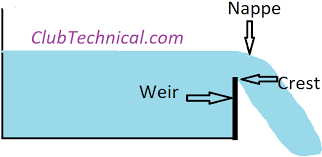Rainscreens
A rainscreen system is the embodiment of building scientist Dr. Joseph Lstibrurek’s two rules of moisture management:
“Keep water out; Let water out if it gets in.”
The rainscreen is the first line of defense against the effects of moisture on the wall detail. A rainscreen is the weather-facing surface of an exterior wall detail that stands off at least 1/8” from the moisture-resistant surface of the structural back up wall.
No building envelope is 100% waterproof. The addition of a drainage plane mitigates the risk of moisture intrusion from unavoidable imperfections in the wall materials and construction.
The Rainscreen Drainage Gap
A variety of techniques and products can be used to create the air gap needed in a rainscreen system. Sure Cavity and Gravity Cavity are made of a rigid corrugated plastic with a mortar blocking fabric that covers the exterior wall surface and provides a predictable drainage gap and an unobstructed path for moisture to exit the wall system. This system, combined with appropriate weeps and ventilation, creates a ventilated cavity which encourages drying and mitigates the risks of moisture in both liquid and vapor form.
In addition to protecting against moisture, a rainscreen also helps protect the interior of the wall detail from a variation in air pressure (wind), ultraviolet rays of the sun and other severe weather conditions.
A rainscreen is like a shield:
The shield protects you from most attacks. If something penetrates the shield you'll be fine if there's a gap between you and the shield. If there isn't a gap, you're in trouble.
No wall is waterproof:
Sealers, waterproofers and other materials break down over time, errors take place, the ground settles, cracks form, and eventually water will get in.
A little water can do a lot of damage:
A small amount of moisture trapped in a wall leads to mold, rot, and negative effects on the sustainability of the building & health of its occupants. Moisture remediation is a billion dollar industry.
Rainscreen walls have a minimum 1/8" drainage gap:
A wall without a drainage gap is not a rainscreen, it's just a veneer. A 1/8" gap is the minimum space to create a capillary break for drainage.
Rainscreen walls are robust & cost effective:
Imperfections in the wall are less likely to lead to problems with a rainscreen system. Including a rainscreen system typically adds $1-2 per square foot to the construction cost. Remediation can cost over $60 per square foot.
.jpeg)




Comments
Post a Comment